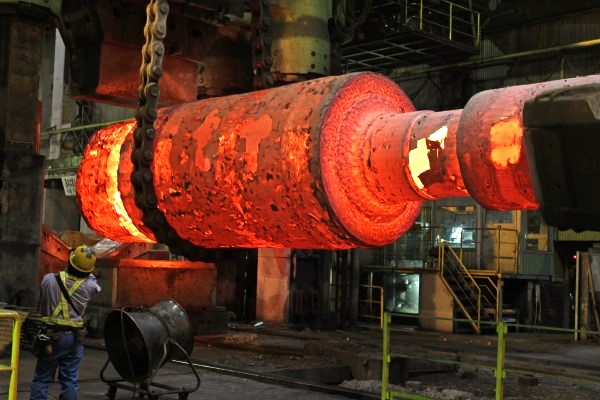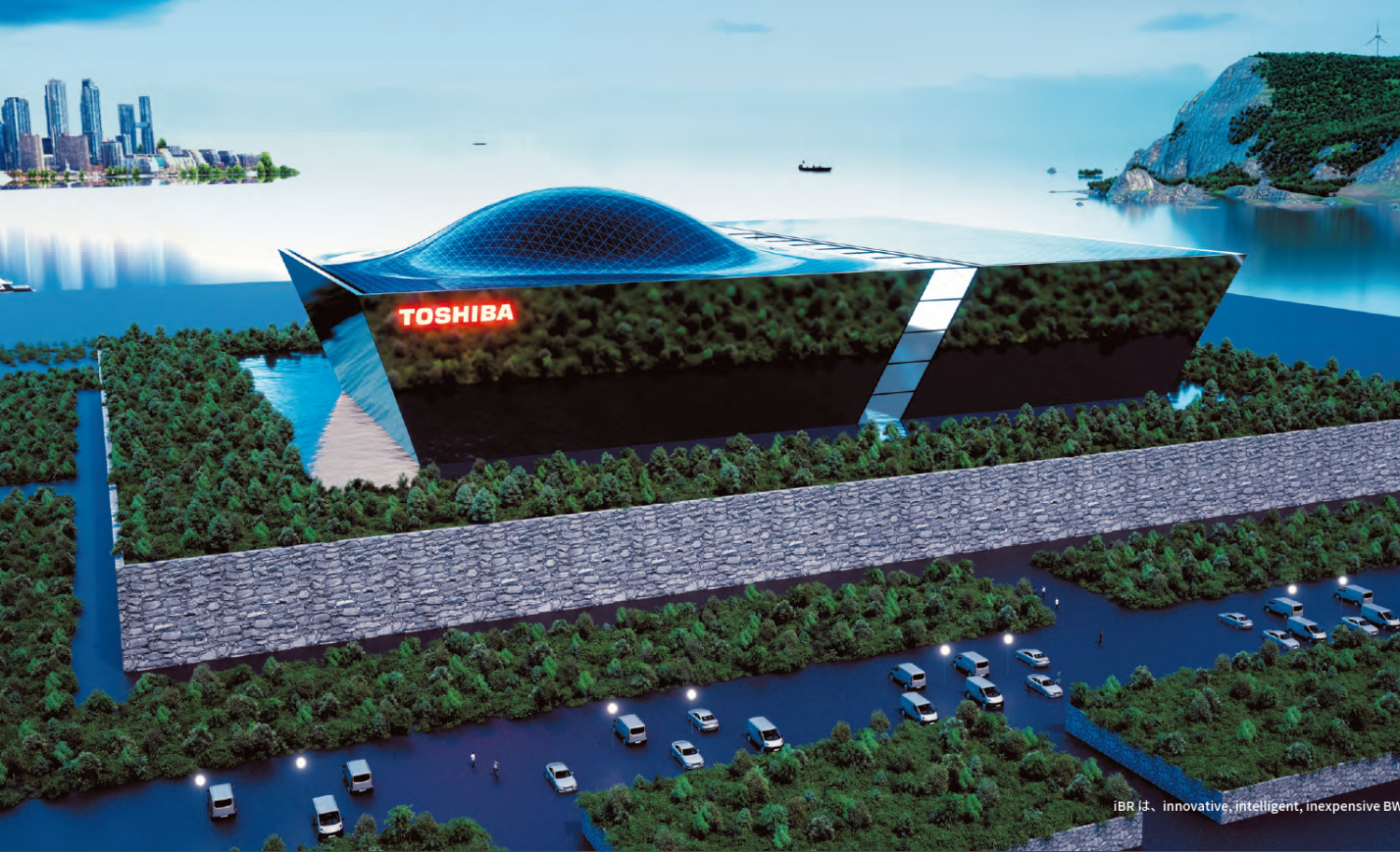To that end, FEPC has established a committee on realization of carbon neutrality by 2050, the members of which are the presidents of electric power companies, and has been addressing the matter since the end of last year.
Chairman Ikebe emphasized that FEPC would work for power-source decarbonization on the supply side and the promotion of electrification on the demand side. Those efforts are premised on “S + 3E,” namely, the conventional three E’s of energy security, economic efficiency and environmental protection, along with safety.
He said that FEPC would actively strive to meet the challenges through the integration of available technologies and experience.
Toward the supply-side goal of a nuclear power-source component level of 20-22% by 2030, nuclear power will be fully utilized through the early restart of existing nuclear power plants and their safe, stable operation, improving availability factors, and long-term operations (extended lifetimes).
At the same time, the industry will address sustainable use into the future, taking up the issues of building new and replacement reactors—next-generation light water reactors (LWRs), small modular reactors (SMRs), and more—completing the nuclear fuel cycle, and smoothly promoting decommissioning and back-end development, including the treatment and disposal of nuclear waste.











